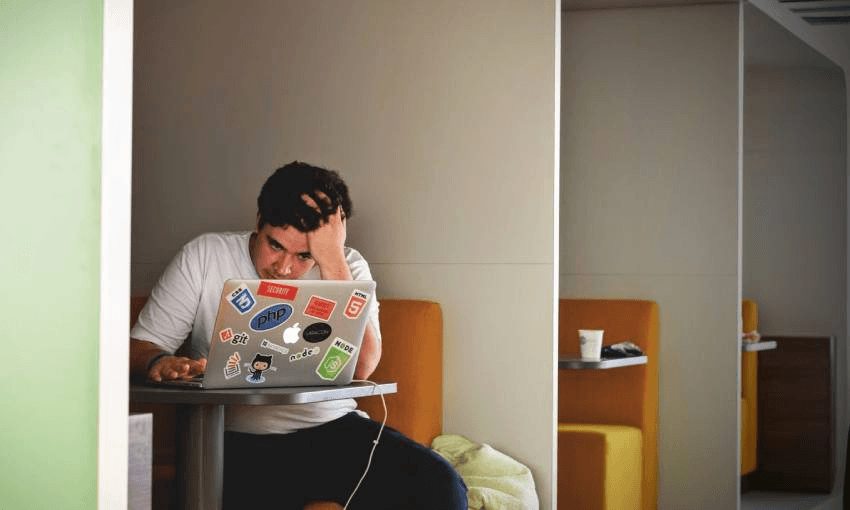‘Burnout’ is real and New Zealanders are at increasingly high risk of it, a new report from AUT reveals.
A lucky few of us hear the term “burnout” and think of doing rarkies down at the yard. But for some New Zealanders, burnout means you might not even have the strength for a single handbrake turn into your work carpark.
New research out of AUT suggests 11% of New Zealand workers might be experiencing burnout: physical or mental problems due to stress or overwork.
Professor Jarrod Haar of AUT’s business school outlined four signs of burnout: emotional exhaustion, a lack of emotional control, indifference to work, and trouble staying focused. If workers score highly across all these areas, the diagnosis is clear: they’ve got nothing more to give.
The World Health Organisation includes burn out in its most recent International Classification of Diseases (UCD-11), adding that sufferers can also experience “reduced professional efficacy” and energy depletion.
The ICD-11 notes burnout is “not classified as a medical condition”, but it’s still an occupational phenomenon with physical and mental risks. Haar’s research – a survey of 1,000 New Zealand workers – showed burned-out workers were significantly more likely to report higher anxiety and depression. They were also more likely to experience psychological and psychosomatic symptoms, like stomach cramps and trouble sleeping.
Haar’s survey found workers at greatest risk of burnout were managers (219% more likely to be burned out), and workers under the age of 29 (206% more likely). Perhaps surprisingly, gender, marital status, and parental status didn’t significantly affect burnout statistics. Neither did whether or not employees were remote workers or on-site.
Essential workers and those in large firms were over 150% more likely to be burned out than the average worker. Recently graduated lawyers – who have the worst of both worlds in terms of age and firm size – have been reporting 15-hour days. There are calls for agencies like WorkSafe to step in and help develop regulation that prevents burnout.
The survey was conducted after New Zealand’s first lockdown last year, so may reflect the extra stress essential workers were experiencing during this time. However, rising stress levels are not new. Southern Cross and BusinessNZ’s joint 2019 Workplace Wellness report showed a 23.5% rise in stress across businesses over the preceding two years.
The difference between companies who prioritise caring for employees and those that don’t is significant: Haar found the worst group of firms were more than three times as likely to have burned-out employees than the best group of firms. Overall, Haar says, New Zealand companies are “fairly good” at protecting their employees’ mental health and safety.
However, more work can always be done. “Participation and consultation in occupational health involves everyone – management, employees, unions, health and safety representatives,” he said. “Stress prevention and management needs to be a focus across all layers of an organisation.”
If you’re experiencing:
- feelings of energy depletion or exhaustion
- increased mental distance from your job, or feelings of negativism or cynicism related to your job
- reduced professional efficacy
Then you may be burned out. If you’re experiencing work-related burnout or severe stress of any kind, you can text a Whakarongorau peer support worker on 1737, or reach out to one of the national 24-hour helplines designed for mental health support.
